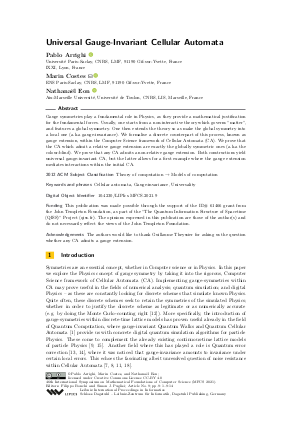LIPIcs.MFCS.2021.9.pdf
- Filesize: 0.7 MB
- 14 pages

 Creative Commons Attribution 4.0 International license
Creative Commons Attribution 4.0 International license














Feedback for Dagstuhl Publishing